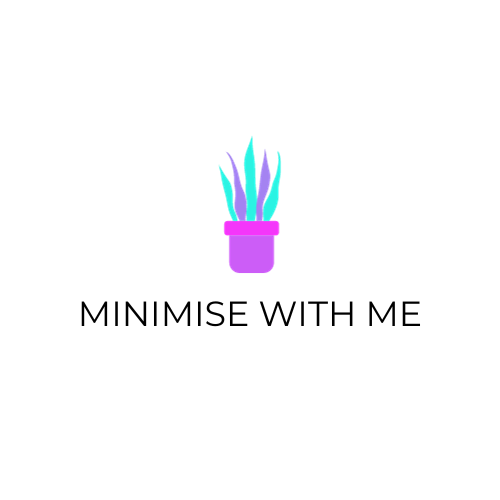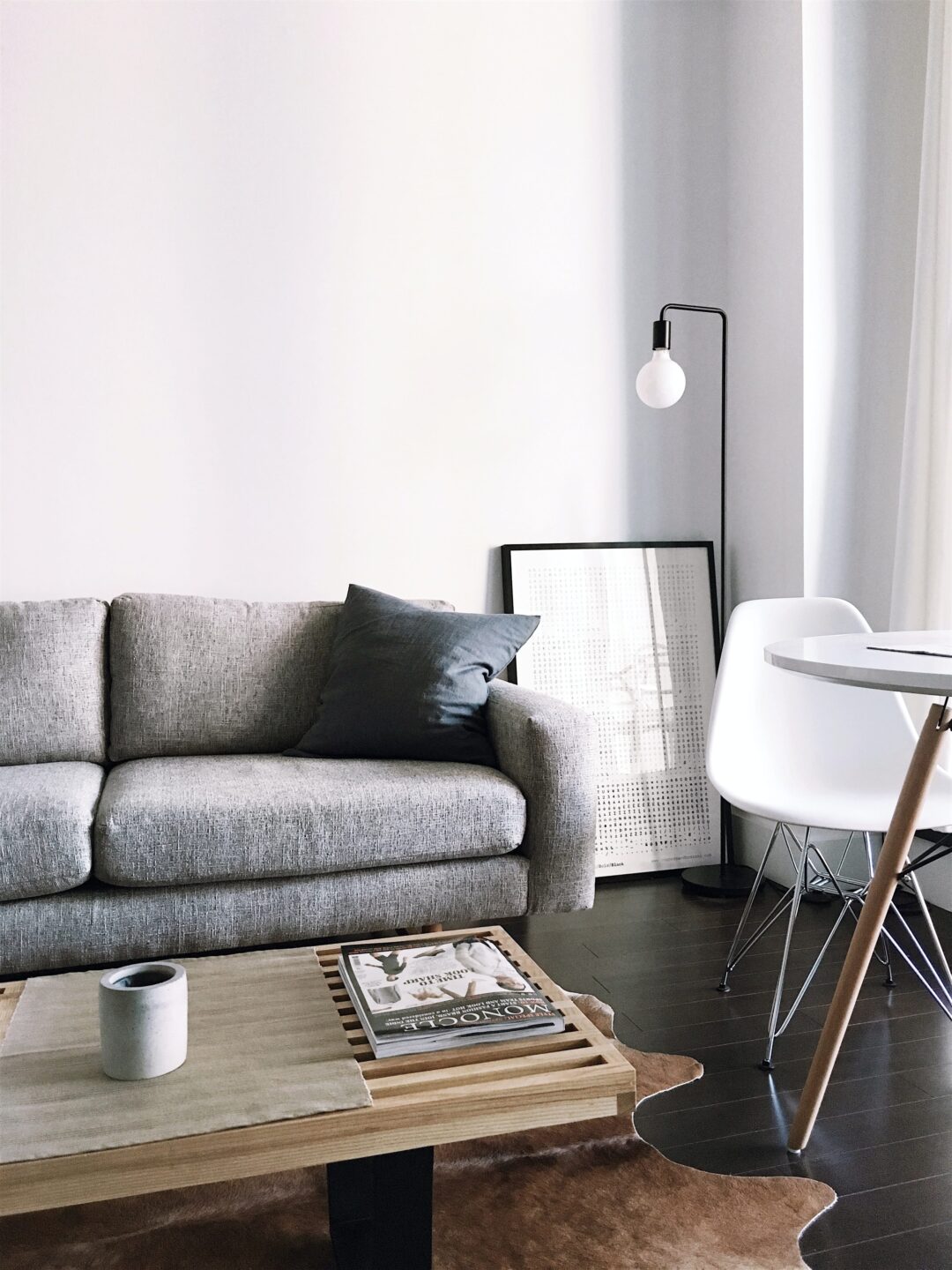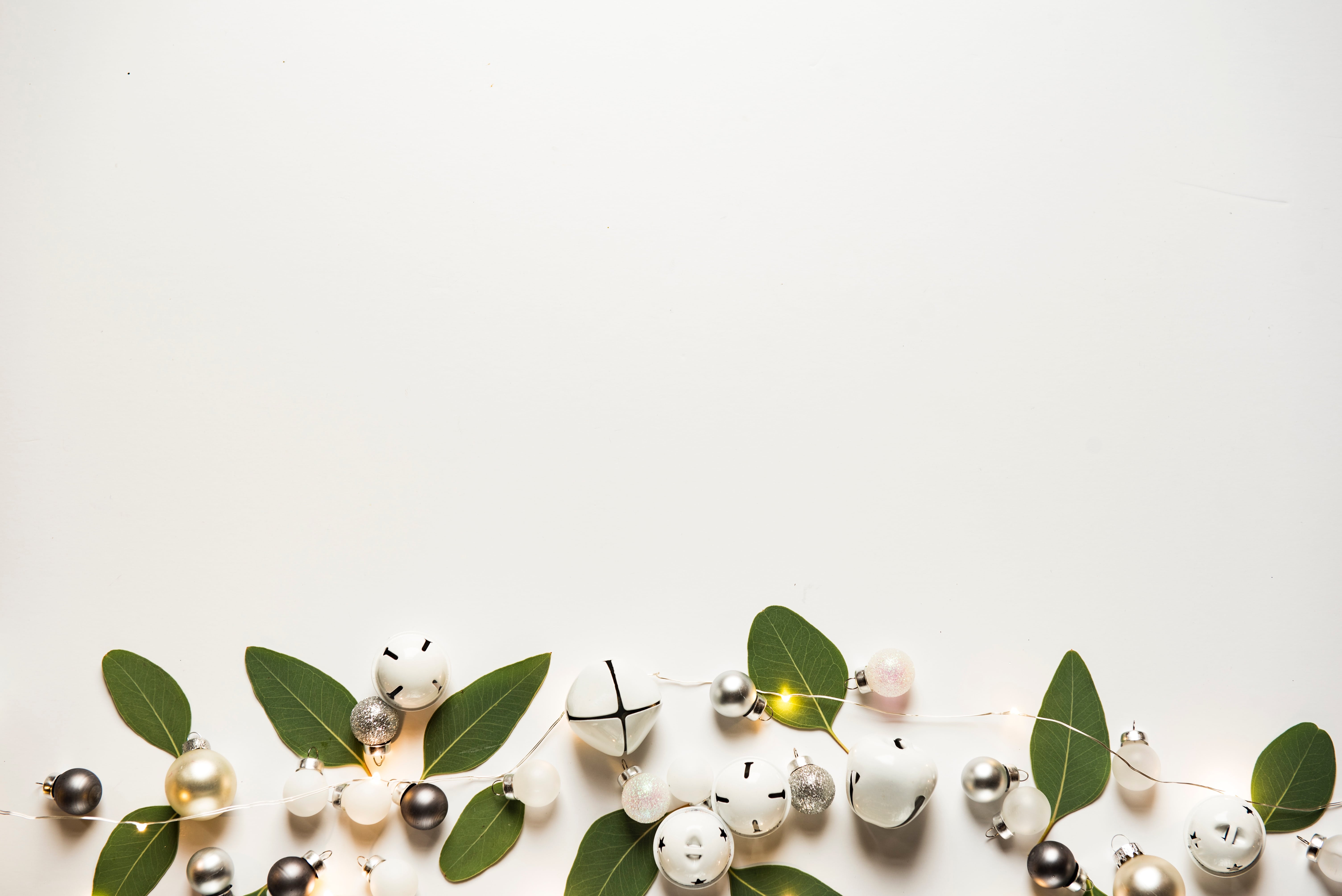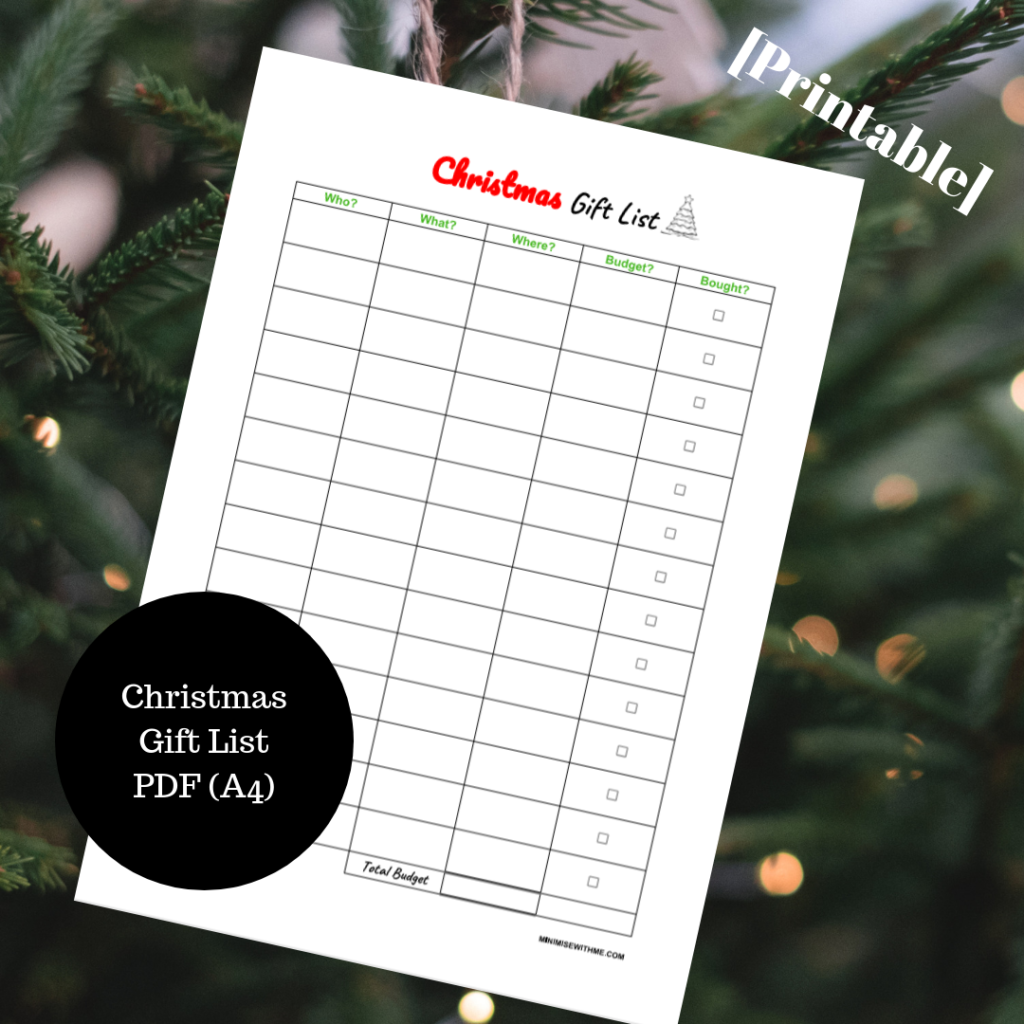Everyone has to start their own Minimalism Journey somewhere. Everything you do in life is completely unique to your own experiences and circumstances and your minimalism journey is no different. Mine started with a cluttered drawer and realising how must frustration that one little stuffed drawer had on my stress levels. I had been feeling overwhelmed and anxious for some time in my home after filling it with many, many things over the first 6 years that I lived there. After realising I didn’t need all the excess I had accumulated in my home, I began to research how to declutter my home and where to start. This was when I came across the term ‘Minimalism’ and started my journey to declutter over half of mine and my husband’s belonging.
If you have never come across Minimalism before, Minimalism is a tool that you can use to create a more intentional life to reflect your own values. And it can help you in more ways than just decluttering your stuff. For me it changed the way I see my finances, it helped me to prioritise the things that were important to me and to walk away from the things that weren’t. It helped me to define my values and live a life that is truer to me, and one where I don’t feel the need to be stuck in a consumerism trap of trying to look fake rich.
If you feel the need to declutter your home, minimise and simplify, this blog is going to help you get started on your own minimalism journey so you can start living a more intentional life.
A BEGINNERS GUIDE TO MINIMALIST LIFESTYLE: HOW LESS IS MORE
1. Start Small
When it comes to the Minimalist Lifestyle you don’t have to let go of your Nan’s favourite ring she left you in her will or your most treasured shoe collection. The best place and easiest place to start is with the things that don’t add value to your life. This will help you over time to assess what does and doesn’t add value to your life and get to know what is just taking away from your home and your happiness.
Start off letting go of the things that you shouldn’t hold onto; throw out rubbish and receipts you don’t need, recycle notes you have lying around you no longer need for reference. Donate, sell or toss the clothes that don’t bring you joy, the ones that no longer fit, aren’t your style or that are damaged beyond repair. Let go of your uncomfortable or worn shoes, any need to go in the bin. If you’ve got heels that you can’t walk in and therefore you never wear them; let them go too. Recycle, donate or sell your old phones and any older model electronics you no longer use.
This initial introduction to minimalism doesn’t need to be hard or scary. It’s not about letting go of things you are going to regret later, but acknowledging what does get to take up valuable space in your home (and mind!).
2. Minimise in ‘Rounds’.
I found when minimising my things, the more and more I did it, the easier it got and the more I was willing to let go.
It’s kind of a ‘minimised effect’, when you start decluttering your stuff you have a lower tier of stuff – if you will – of less desirable stuff. But with each minimising session you will have a new low level of what is less desirable to you to keep. And gradually it gets easier and easier to let things go.
Once letting go of the stuff you no longer want that was broken, holey, too small etc this next review will be more about taking note of what you have. Maybe you will notice you have 10 pairs of jeans and can let some of those go. Or you will notice you have clothes you no longer feel good in, or that are no longer suitable for your lifestyle. These are the ones you can work towards letting go of now that you have built your decluttering muscle up a bit.
Of course if you prefer to jump in the deep end with you can do this in one huge decluttering sesh and pull off the bandaid quick; grab all your clothes and shoes and declutter them in one session, declutter all your bathroom supplies in one sitting and so on. But if you want to ease into the minimalist lifestyle, or have limited time to dedicate to decluttering, this is another approach.
3. Start assessing where you can apply minimalism in your life outside of your stuff
When you first start decluttering you might focus on the physical clutter, the stuff you can see: clothes, linen and books. But as you progress through your minimalism journey, it’s important to look at other areas in your life that could help you to live a more intentional life.
You might want to declutter your digital space by, Unsubscribing from emails, deleting “friends”, unfollowing or unliking accounts to be more selective with what is in your news feed. Or you might again rip off the bandaid and just delete your distracting apps altogether.
You might want to declutter your schedule to leave space for downtime and eliminate hobbies that no longer bring you joy or take up new ones that do.
Adopting meal planning can assist you to be more intentional with your grocery shopping to help you buy food more intentionally and reduce food waste.
Or you could start reassessing what you do and don’t spend money on and reassessing your budget.
When taking on a minimalist lifestyle, don’t just stop at the stuff. Use your newfound minimalism principles to guide you through all areas of your life.
4. Change your habits to reflect a Minimalist Lifestyle
Minimising the excess in your home is only the beginning of your minimalism journey. There are still entrenched behaviors to review and adjust in order to continue living a minimalist lifestyle. Here are some things you can do to change your shopaholic ways and buy with more intention:
- Shop less often. Rather than hitting the shopping every break or day off you get, only go shopping once a week or if you can, try and stretch it out to once a month. It might not be something you achieve straight away but could be a long-term goal.
- Find new hobbies. With your newfound time gained back from not hitting the shops as regularly and not having to maintain so much excess stuff in your home, you can open up yourself to adopting new hobbies such as joining a gym, hiking or taking a dance class. What’s that one thing you have always wanted to do but never had the financial resources or time to do it? Minimalism is the tool that is going to help you get there!
- Only shop with a list. How many times in the past have you bought something only to realise when you got home you already had a similar shirt or the same shade of nail polish? I know I have done this too many times to count. But that was the old me. Now I am much more aware of what I do and don’t own so I can make more intentional purchases. Eliminate buying duplicated items and things you don’t need by planning ahead and maintaining a Wish List of items so you can shop with more intention. I keep my Wish List in my Trello App which is free to use, or you can use your favourite organising app. Just note things you want on the list and resist buying it for a specified period of time. Ideally a minimum of 24 hours, but if you can stretch it out to a month so you give yourself time to really assess if you truly need that item.
- Implement shopping bans, you can do a no spend month where you commit to not buying anything for a month or you do individual bans such as; not buying any makeup until you have used up what you currently have, or not buying a new pair of shoes unless you actually need to replace a pair that you have. These alone are a great tool to help curb spending and put a barrier between you and any impulse shopping habits.
- Focus on Quality over Quantity. Instead of focusing on buying as many items as possible at the cheapest price, focus on buying more quality items that you can keep for the long term. As you do this, you will find that your clothes and other household items will last longer, saving you time and money down the track replacing them.
5. Minimalist Lifestyle Rules of Thumb
Sometimes having some rules of thumb can help guide you and give you some perspective on where to start with your minimalism journey. Here are some that I have found the most helpful to help me live a more minimalist lifestyle.
- 101 Things to Declutter Right now – if you love a good decluttering checklist, you can download your free 101 Things to Declutter Right Now Checklist to get you started with your decluttering journey
- Just In Case 20/20 Rule – The Minimalists have a very helpful rule that has helped me to declutter things I was unsure about letting go. The rule is that if an item is something you don’t think you will need but you are holding onto ‘just in case‘, if the item costs less than $20 and you can replace it within 20 minutes then you should let that item go. I know it seems crazy, you might think – what if I need it again, but the honest scenario is that you probably will never need it again. And if you did it probably will only be that 1 in 1000 items you have declutter that you need to replace and at $20 I think that is worth your sanity and having the home you want!
- Would I buy this again? – One of the most helpful rules I have asked myself that helped me declutter things I was unsure about was this question: Would I buy this item again? And more than 99% of the time the answer is always no! If you wouldn’t buy something again, it helps you to realise that you don’t really need the item and that you can let it go. If it is under $20 it might even meet the 20/20 rule which gives you two reasons to let it go! 🙂
- One In One Out – This rule is great to keep your clutter at bay over the long term. Each time you plan on bringing something home, plan ahead that you need to let one similar item go when you bring that item home. I.e. if you buy a new phone you should let go of the old one. If you buy a new pair of jeans, consider donating an older pair. It’s also a great tool to help you make more intentional buying decisions when you know that if you bring something home you will need to let go of something else in order to do so. That impulse buy might have some real consequences when you get home and need to get rid of something you love.
- Experiences > Things – something most Millenials know well is that experiences are better than things. I came from a family that didn’t travel or attend many experiences like the theatre, concerts or anything like that. As an adult I have come to love all these experiences and will more often than not choose to spend my money on seeing a musical, going to a concert or paying for an experience over buying something that will just collect dust in my home or go unworn. At 33 I can honestly say I don’t really need more stuff so asking for experiences helps when it comes to minimalist gift ideas.
- Minimise With Me Decluttering Course– If you want more support on your journal to minimalism and where to start check out my Declutter With Me Course, a room-by-room guide to help you declutter all spaces in your home and keep it decluttered! In this course I will give you tips on how to minimise each area of your home and how to keep it that way.
Well there you have it newbie minimisers! I hope this post has been helpful to you on your minimalism journey and will help you make long-term intentional decisions that make your life more simplified and happy!
Do You Want to Learn How to Spend Your Money With Intention?
If you want to take control of your financial future, stop stressing about money and learn how to spend your money with intention, book in for your free Q&A call to see how Minimise With Me Financial Coaching can help you gain clarity around your finances!
You can learn more about Minimise With Me Financial Coaching services here.
This week’s comment question: How did you discover the minimalist lifestyle? Please let me know in the comments below! 🙂



